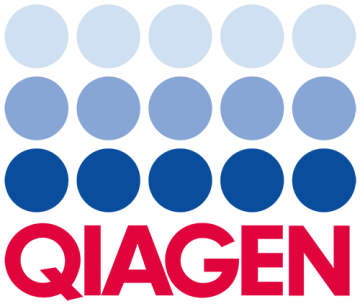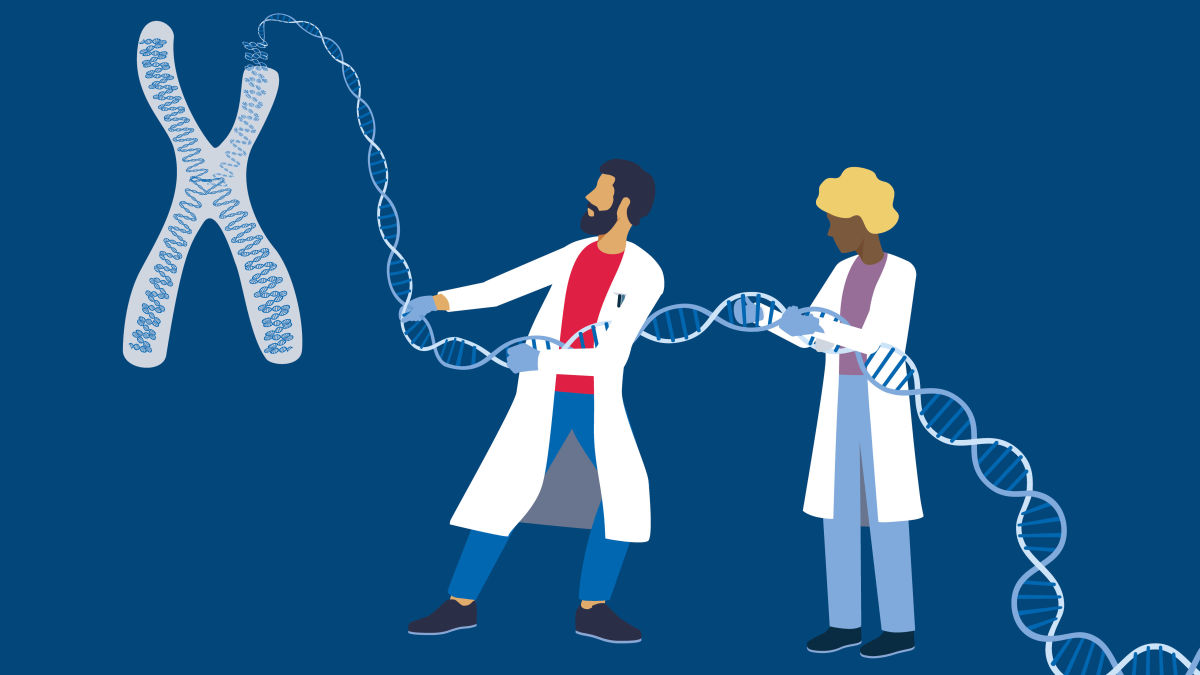

Long-read sequencing: make it simple
Long-read sequencing, such as PacBio or Oxford Nanopore sequencing, generates reads of several thousand base pairs, making them ideal for resolving complex genomic regions. Sample preparation prior to long-read sequencing presents several challenges that can impact the quality and accuracy of sequencing data, as long-read sequencing is highly sensitive to DNA quality and integrity.
Contaminants, degradation, or shearing of DNA can lead to poor sequencing results. Therefore, ensuring that the input DNA is of high quality, quantity and free from contaminants is highly critical. At the same time, extracting HMW DNA of sufficient size, quantity and quality can be tedious and time-intensive.
We are proud to offer various sample preparation kits aimed to minimize costs and shorten processing times without sacrificing DNA quality and integrity.
Looking for the right HMW gDNA kit for your sample?
Product | Method | Typical gDNA Size | Sample Materials (input) | Typical yields |
|---|---|---|---|---|
| MagAttract HMW Kit | Beads | 50–100 kb | Blood: 200 μL Tissue: up to 25 mg Bacterial cells: 2x109 | Blood: 4–8 μg per 200 µl, depending on the number of nucleated cells Tissue: 0.5–2.8 μg/mg Gram-negative bacteria: up to 14 μg (from up to 2 x 109 cells) Gram-positive bacteria: up to 3.5 μg (from up to 2 x 109 cells) |
| QIAGEN Genomic-tips (only Midi & Maxi) & QIAGEN Blood & Cell Culture DNA Kit | anion exchange | 50–100 kb | Blood: 1–20 mL Cells: 2x107–1x108 Tissue: 100–400 mg Bacterial cells: 2.2x1010–1x1011 Yeast cells: 7 x109–3.5x1010 | Blood: 15–20 µg per mL, depending on the number of nucleated cells Cells: 3–5 µg per 1-2x106 cells Tissue: 0.5–3 µg / mg Tissue: 0.5–3 µg / mg Gram positive bacteria: up to 400 μg (from up to1 x1011 cells) Yeast cells: up to 400 μg (from up to 3.5 x 1010 cells) |
| Puregene Kits | precipitation | ~ 100 kb | Blood: 200 µl–10 mL Cells: up to 5 x 107 Tissue: up to 200 mg | Blood: 15–50 μg per 1 mL, depending on the number of nucleated cells Cells: 5–10 µg per 1-2 x 106 cells Tissue: 0.5–10 µg/mg |
| PAXgene Blood DNA Kit | precipitation | ~ 100 kb | Blood: 8.5 mL | Blood: 15–50 μg per mL, depending on the number of nucleated cells |
| QIAamp DNA Blood Mini Kit | spin column | 10–20 kb | Blood: 200 μL | Blood: 4–12 μg per 200 µL, depending on the number of nucleated cells |
| QIAamp DNA Mini Kit | spin column | 10–20 kb | Cells: up to 5 x 106 Tissue: up to 25 mg | Cells: 15–30 µg per 5x106 cells Tissue: 0.3–5 µg/mg |
| QIAamp PowerFecal Pro DNA Kit | spin column | 10–20 kb | Stool or biosolids: up to 250 mg | Stool: 4–20 µg per 200 mg, sample dependent |
| DNeasy Blood & Tissue Kits | spin column | 10–20 kb | Blood: 100 µL Cells: up to 5 x 106 Tissue: up to 25 mg | Blood: 3–6 μg per 100 µL, depending on the number of nucleated cells Cells: 15–25 µg per 2 x 106 cells Tissue: 0.5–3 µg/mg |
| DNeasy PowerMax Soil Kit | spin column | 10–20 kb | Soil: up to 10 g | Soil: 5–10 µg per g, sample dependent |



